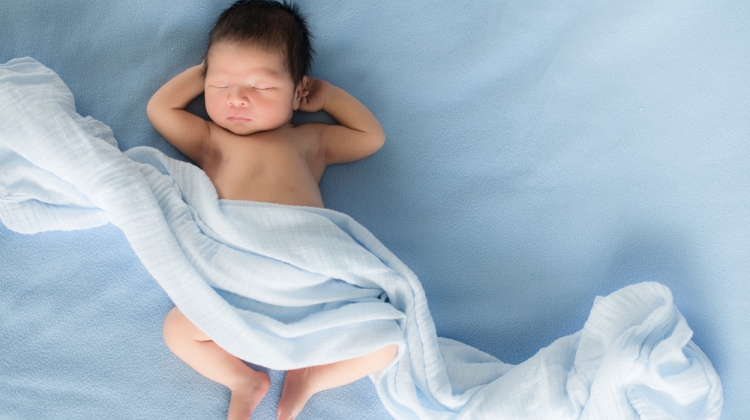


Orthopaedic problems are actually common in children. They can be present at birth (congenital), during growth (developmental) or caused by an incident (traumatic). At different stages of childhood, different orthopaedic problems are more prevalent. In this article we will focus on congenital problems.
Common congenital problems in children
In the early years, flatfeet, toe walking, pigeon toes, bow legs and knock-knees may affect a child. Some of these conditions correct themselves as the child grows up. Some need help in the form of treatment.
Of these ailments, bowlegs and knock-knees are the most common congenital deformities in children. In normal skeletal growth, limbs are equal in length and properly aligned from the hips to the ankles. When the long bones of the leg (e.g. tibia, femur) grow out of alignment, this often results in deformities of the leg known as varus (bowlegs) or valgus (knock-knees) deformities.
Bowleggedness is an exaggerated outward bending of the legs from the knees down and is an orthopaedic condition that can be inherited. This is fairly common in children up to the age of two and in many cases, the condition rectifies itself as the child grows.
However, if the bowleggedness occurs beyond the age of two or affects only one leg, the child should be evaluated by a doctor as this could be a sign of a more serious problem. Possibilities include Blount's disease or even rickets, a bone growth problem caused by lack of vitamin D.
Knock-knees are the opposite of bow legs, where the knees angle in and touch together when the legs are straightened. This is exceedingly common in children between the age of three and six as the body grows through a natural alignment shift. In most cases, it corrects itself as the child grows. Only when knock-knees are severe or more pronounced on one side that further evaluation and treatment is required.
Surgery as the final option
As mentioned, most problems correct themselves past the age of two. However, if the problems persist, treatment may be sought. It can range from wearing corrective shoes or braces to physical therapy. Surgery is only required in severe cases where the condition causes immediate pain or difficulty in walking, or where arthritis may develop later in life.
Dr Sarbjit Singh, orthopaedic surgeon at Mount Elizabeth Hospital, explains that the treatment goal is to achieve and maintain straight legs at equal length, alleviating (or averting) pain and instability. Physical deformities are best observed while pathologic (disease-related) problems are treated surgically.
The correction of limb deformities requires one of these surgical procedures:
Osteotomy is the surgical procedure of cutting a misaligned bone into two segments and correcting them. This could involve adding or removing a wedge. The re-aligned bone must be fixed into place with pins or plates and screws combination followed by a cast. Another alternative is to hold the realigned bone in place using pins in the bone segments and connecting them to an external frame.
After surgery, the child must endure a prolonged hospital stay and delayed weight bearing followed by a course of physiotherapy. In many cases, multiple osteotomy surgeries may be necessary to fully correct the leg's alignment.
Hemi-epiphysodesis is a new surgical technique is less invasive for correcting pathologic angular deformities. It traditionally utilises surgical staples on one side of the growth plate, restricting its growth while permitting continued growth on the opposite non-surgical site. This is to permit re-alignment through gradual growth. However, staples have limited usage because they are stiff and therefore migrate, bend or break and compromise the outcome.
The Eight-plate technique of guided growth is superior to traditional stapling and offers the child improved correction of the deformity. It uses a unique 8-shaped device about the size of a paper clip that allows gradual correction as the child grows. Performed under anaesthesia, the plate is secured to the bones through a tiny 2-3 cm incision. The child is encouraged to walk and resume normal activities within three weeks. No crutch or cast required.
The correction of bowlegs or knock-knees deformity takes place over several months to one year and the gradual correction will happen over time. The correction will be monitored by physical check and X-rays every three months. When corrected, the eight-plate device will be removed under anaesthesia, in an outpatient surgery.
While there are many congenital orthopaedic conditions that may affect children when they are young, parents should not be too anxious as it will normalise as they grow. If problems should persist, there are many treatment and correction methods which can help the child live a normal, happy life.
Publication of article by courtesy of Parkway Health